Brüel and Kjær Berlant Concertone</a> • <a
 Brüel & Kjær was founded by Per Vilhelm Brüel (b. March 6, 1915) and Viggo Kjær (b. June 5, 1914) on November 28, 1942. The two men met while studying at the The Polytechnic School in Copenhagen (now the Technical University of Denmark). After receiving their M.S. degrees in 1939 they decided to start a company developing instruments for acoustic measurements. Holger Nielsen joined the company as third partner in 1945, and was with the company until his death in 1978.
Brüel & Kjær was founded by Per Vilhelm Brüel (b. March 6, 1915) and Viggo Kjær (b. June 5, 1914) on November 28, 1942. The two men met while studying at the The Polytechnic School in Copenhagen (now the Technical University of Denmark). After receiving their M.S. degrees in 1939 they decided to start a company developing instruments for acoustic measurements. Holger Nielsen joined the company as third partner in 1945, and was with the company until his death in 1978.
Brüel & Kjær is a subsidiary of UK-based Spectris plc.
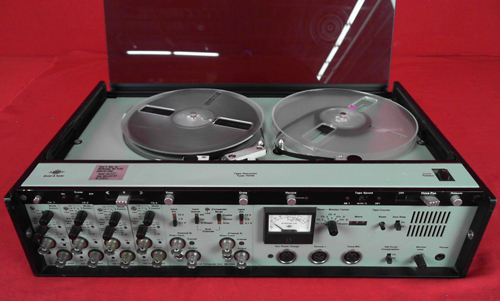 The official start of the Brüel & Kjær Company wasBerlant Concertone • Brush November 28, 1942, when they applied for a license to trade and added the first funds to the cash book. It was a tough time with World War Ð raging. As a result, not a single instrument was sold in 1942, and the turnover in 1943 was only about 10,000 Danish kroner and 10,000 Swedish kroner according to the cash book, which is, incidentally, still in the possession of Kjær. The license to trade was issued to Viggo Kjær, and was merely a simple statement saying that he is allowed to set up any kind of industry, with the exception of producing and selling alcohol, wine, cider, beer, sugar, chocolate and tobacco. To make a living out of acoustics as well as continuing to learn, it was necessary for Brüel and Kjær to hold down other jobs at the same time.
The official start of the Brüel & Kjær Company wasBerlant Concertone • Brush November 28, 1942, when they applied for a license to trade and added the first funds to the cash book. It was a tough time with World War Ð raging. As a result, not a single instrument was sold in 1942, and the turnover in 1943 was only about 10,000 Danish kroner and 10,000 Swedish kroner according to the cash book, which is, incidentally, still in the possession of Kjær. The license to trade was issued to Viggo Kjær, and was merely a simple statement saying that he is allowed to set up any kind of industry, with the exception of producing and selling alcohol, wine, cider, beer, sugar, chocolate and tobacco. To make a living out of acoustics as well as continuing to learn, it was necessary for Brüel and Kjær to hold down other jobs at the same time.
Brüel was drafted into the army in 1939, where he was in the radio communicalions group, and it was here that he built his first instrument - a battery-operated, constant-percentage bandwidth analyzer. He also worked as an assistant to Professor P. O. Pedersen until his death in 1941. From 1943 to 1947, Brüel was the leader of the Acoustics Laboratory at Chalmer's Technical University, Gothenburg, Sweden.
Kjær worked in the radio industry, both at Philips and To-R. His first development was a vacuum tube voltmeter, which later was put into production as Type 2401. It became the very first Brüel & Kjær instrument, bearing the serial number 1.
But how did they manage to get components for their instruments during the war? Since Kjær was working in the radio industry, he had easy access to most electronic components, but getting copper wire was the biggest problem. It was here that their friend Ole Remfeldt, who was participating in the resistance 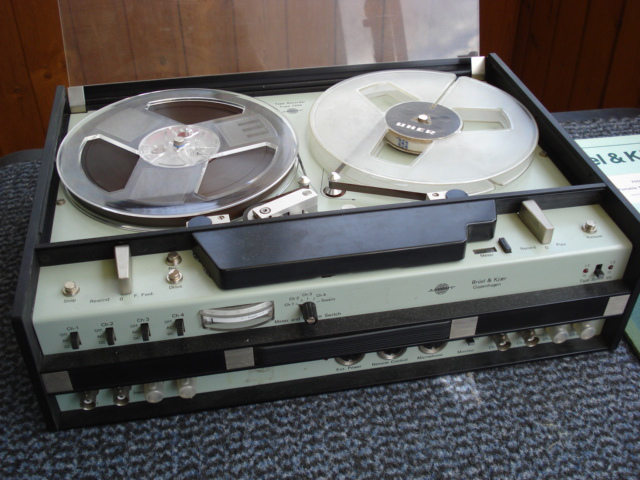 against the Germans, gave them a helping hand. In the Bay of Køge, he cut away and stole about one kilometer of telephone cable from the main communication line connecting Dr. Werner Best in Copenhagen and Reichkanzler Adolf Hitler in Berlin. As a result, Brüel & Kjær had enough wire for the rest of the war.
against the Germans, gave them a helping hand. In the Bay of Køge, he cut away and stole about one kilometer of telephone cable from the main communication line connecting Dr. Werner Best in Copenhagen and Reichkanzler Adolf Hitler in Berlin. As a result, Brüel & Kjær had enough wire for the rest of the war.
During the war, production took place mainly in the kitchen of Kjær's apartment in Frederiksberg, Copenhagen, although some instruments were produced by Brüel in Sweden. In 1945, the company rented and moved into a stable in Lyngby, just 10 km north of Copenhagen. Holger Nielsen, who Viggo met during his work in the radio industry, joined the company the same year and became the third partner. This improved the financial situation.
In 1948, Brüel & Kjær bought their first property - a wooden army barracks in Nærum, 15 km north of Copenhagen. These are the premises, where the company is still located today. Brüel was responsible for product planning and research. Kjær was responsible for development, and Nielsen for instrument production. Brüel took care of sales and, in the early days, also personally delivered instruments to customers. Nielsen died in 1978. As long as the market was limited to Denmark and Sweden, Brüel initially delivered instruments to customers on his Nimbus motorcycle. He still has this original antique in the basement of his home. 
When the rest of Scandinavia and some parts of Europe joined the market, cars were needed. By the 1980s, there were about 30 company cars. In 1956, with customers in the rest of Europe and in some other parts of the world, "Brüel & Kjær Airlines" was established. The company eventually maintained a substantial fleet of aircraft, including two Piper Aztecs and two Beechcraft King Airs. This made it possible for Brüel and other company pilots to make airborne deliveries directly to any customer that was located near a general aviation airport. The fleet also provided high-speed transportation, independent of the scheduled airlines, to employees and customers. When Brüel was flying as PIC (pilot in command), he would often appoint a nontrained employee to be a co-pilot on some of his trips. Brüel often blamed (in jest) these hapless individuals for doing a lousy piloting job. In the mid 80s, a number of employees were asked to get a pilot license to fly with Brüel due to concern with his advancing age. He subsequently solved this issue by hiring his flight instructor as his personal co-pilot. To the consternation of passengers, he was even older than Brüel.
When the company moved to Nærum, the partners made three commitments to each other:
* All instruments should be made in Denmark.
* There would be no development for the military
* The company should be self-financed and independent of any banks.
 The first commitment was based on the experience of production in both Denmark and Sweden during the war. The second decision was due to the fact that a very destructive war had just ended. As a result Brüel & Kjær was able to sell instruments behind the Iron Curtain without any embargo during the Cold War. The third decision resulted in a very slow start for the company, but in the end made for a very solid financial base.
The first commitment was based on the experience of production in both Denmark and Sweden during the war. The second decision was due to the fact that a very destructive war had just ended. As a result Brüel & Kjær was able to sell instruments behind the Iron Curtain without any embargo during the Cold War. The third decision resulted in a very slow start for the company, but in the end made for a very solid financial base.
At the onset, both Kjær and Brüel had to sell some of their personal belongings - Kjæer's accordion and Brüel's Leica camera - for the company to survive financially. They once borrowed 5000 Danish kroner from Kjær's mother but paid the money back within a month. If Kjær was approached by a bank, his typical remark would be, "If you stay out of the electronics business, then I will stay out of the banking business."
Another of the great stories is that Kjær used a bicycle as primary transportation between home and work, while Brüel used a company aircraft for commuting to and from his summer house on Anholt Island. In regard to automobiles, Nielsen used a Jaguar while Brüel had a Fiat 500. I once asked Briüel why he preferred the Fiat to the other more comfortable company cars? The answer was that the comfort in a Fiat 500 was so poor that he could keep the car for himself; nobody in the company would ever ask him for a lift.
The success of Brüel & Kjær started with the introduction of Level Recorder Type 2301 in 1949. Brüel wrote a half-page article about it for JASA (the Journal of the Acoustical Society of America). As a result, famous acousticians such as Leo Beranek from MIT in the U.S. visited Nærum to see this wonder. The level recorder was the controller, recording unit and the heart of most measurement solutions from Brüel & Kjær for more than 35 years. It was probably the most important instrument for acoustical measurements for half a century. The instrument was updated a number of times, and the latest/last version, Type 2307, was introduced in 1972.
The Brüel & Kjær Company had an annual growth rate of about 10% (1 dB according to Kjær) in production, sales, profit, etc., for many years and became the flagship of the Danish electronics industry in the 1980s. One day Kjær's personal adviser Louis Abildgaard said to him, "It goes so incredibly well." Kjær's terse answer was, "It is incredible that it goes so well."
The company's pioneering achievements are as follows:
* 1940s - Various precision measurement instruments including radio frequency analyzers and Geiger counters.
* 1950s - Focus on sound and vibration measurements, including development of the logarithmic level recorders, signal generators and frequency analyzers. 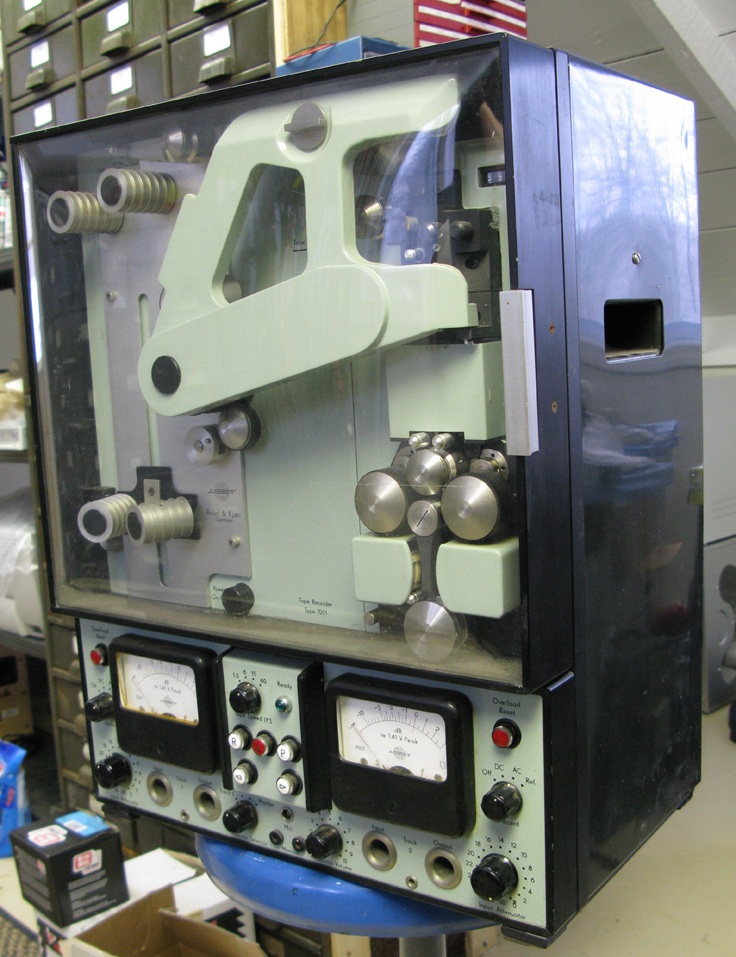
* 1960s - Birth of the Brüel & Kjær world class range of measurement microphones, preamplifiers and calibrators. IEC standardized precision sound level meters were also introduced.
* 1970s - Development of parallel analyzers, including the world's first analyzer to use digital filters.
* 1980s - Introduction of the first commercially available instrument for sound intensity measurement and the expansion of the range of instruments; for example, dual-channel FFT analyzers.
* 1990s - Multichannel and multi-analysis systems, including acoustical holography array systems.
* 2000s - Surface microphones and new technologies such as TEDS, Dyn-X, REqX, LAN-XI and much more.
Brüel & Kjær is known for the green color of its instruments, but where did the color come from? The first instruments were fabricated by Brüel and Danish army technicians at the radio workshop in 1942. The light-green lacquer used for the instrument front panels and dark green for the cabinets were standard Danish military colors and, of course, the paint was readily available, they have continued this color scheme to this day.
The B&K logo symbolizes the company's dream to be represented worldwide. The logo shows an electrical wire wrapped two and a half times around the globe with Brüel at one end of the wire and Kjær at the other. The logo had a minor touch up in the 1970s.
Unfortunately, the company started to have financial problems at the end of the 1980s. There were two major reasons for this. Too much money had been invested in developing a range of new instruments, and the collapse of the Soviet Union, with the ensuing chaos in some of the former communist countries. A number of profitable markets more or less disappeared overnight, which had a very negative financial impact on the company. It was no longer a profitable business.
In July 1992, the company was sold to AGIV (a German holding company) and subsequently split into a number of separate companies - Brüel & Kjær Sound and Vibration Measurements A/S (the core sound and vibration market), Brüel & Kjær Vibro (machinery condition monitoring), B-K Medical (ultrasonic medical diagnostic instruments), Innova Air Tech Instruments A/S (gas analysis instrumentation), and Danish Pro Audio (studio microphones). A number of previous employees formed G.R.A.S. Sound and Vibration (measurement microphones).
Most of the production and some research and development operations were outsourced. AGIV formed the Spectris Division, which included Brüel & Kjær, hottinger Baldwin Messtechnik GmbH (HBM), and BTG Instruments GmbH. In July 2000, the Spectris Division was sold to Fairey Group Ltd. (a British company), and in May 2001, Fairey Group changed its name to Spectris plc. Today Brüel & Kjær is once again a solid and profitable company.
The Free Library
More photos - donated by Stephen J King Fl

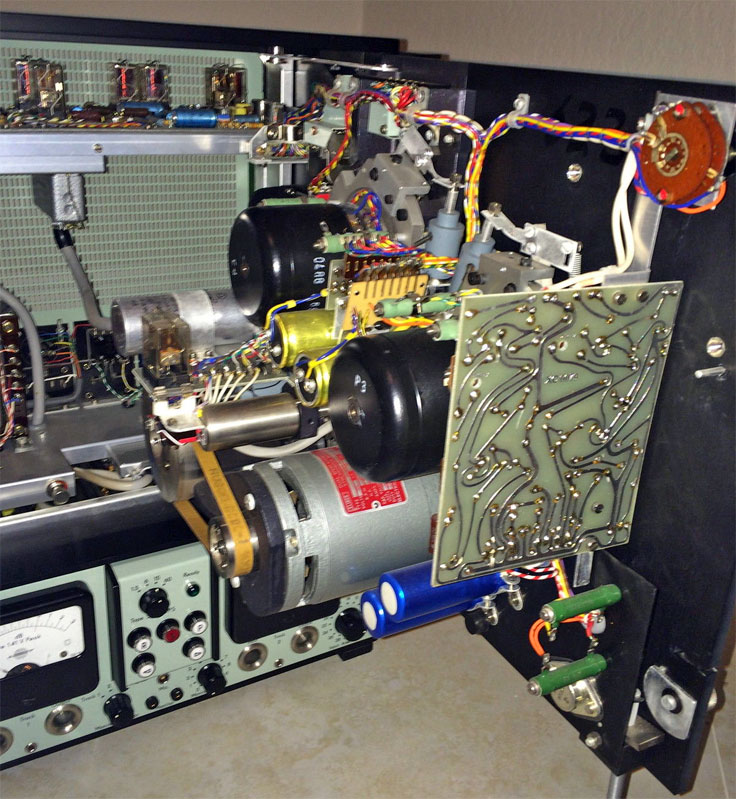
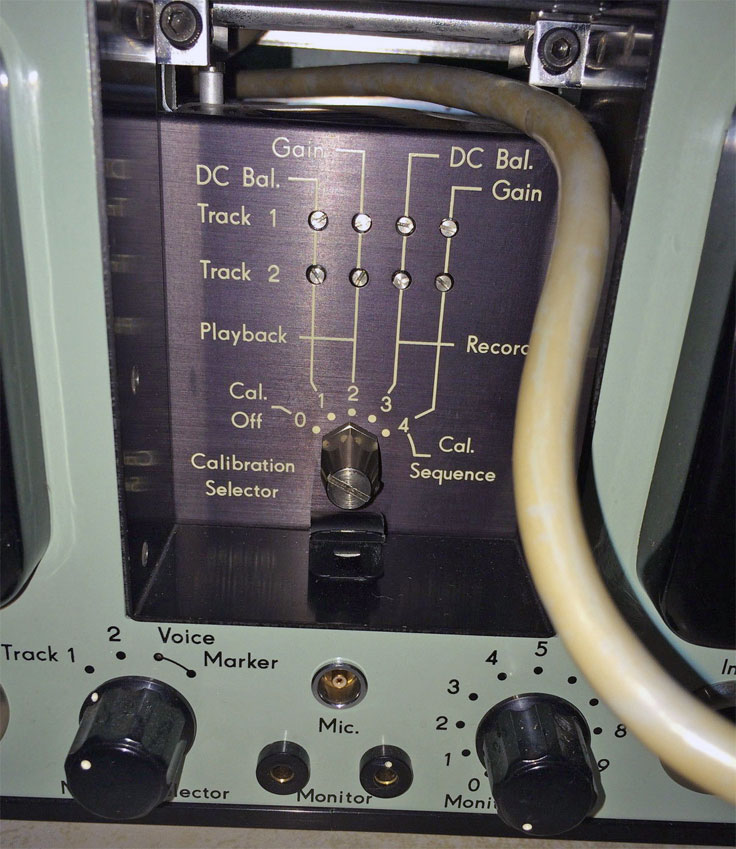

Photos from third parties
We appreciate all photos sent to our museum. We hope to successfully preserve the sound recording history. If we have not credited a photo, we do not know its origin if it was not taken by the contributor. Please let us know if a photo on our site belongs to you and is not credited. We will be happy to give you credit, or remove it if you so choose. Please note: None of the recorders are for sale on our Museum site.
The non-profit Museum was dissolved on December 31, 2017. Donations are NOT tax deductible and are now processed by Phantom Productions.
All donations to MOMSR go 100% to support restoration of vintage magnetic recording devices in the private collection and help fund the web site development and hosting.

